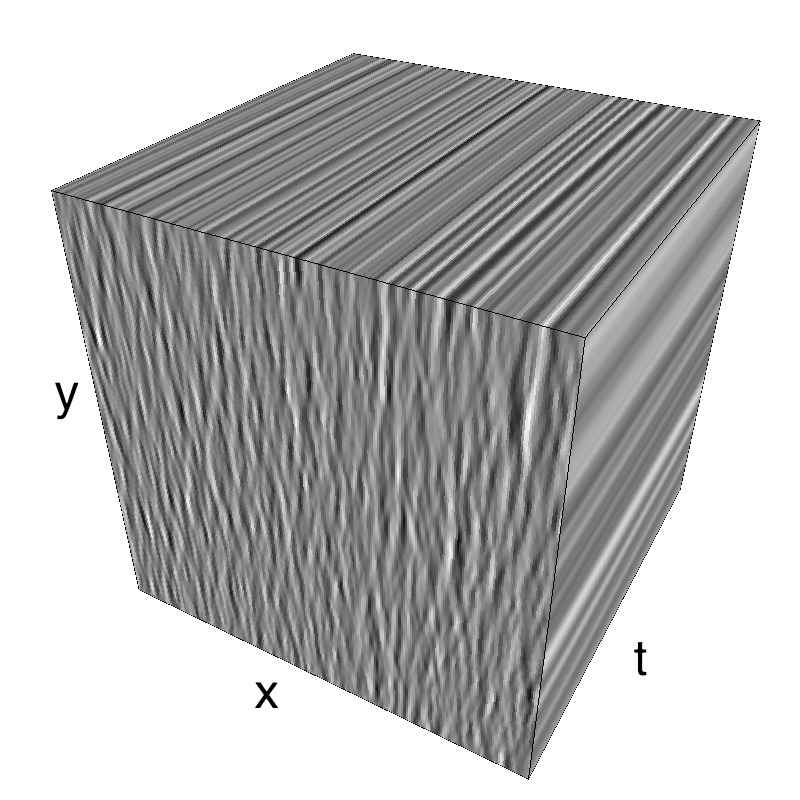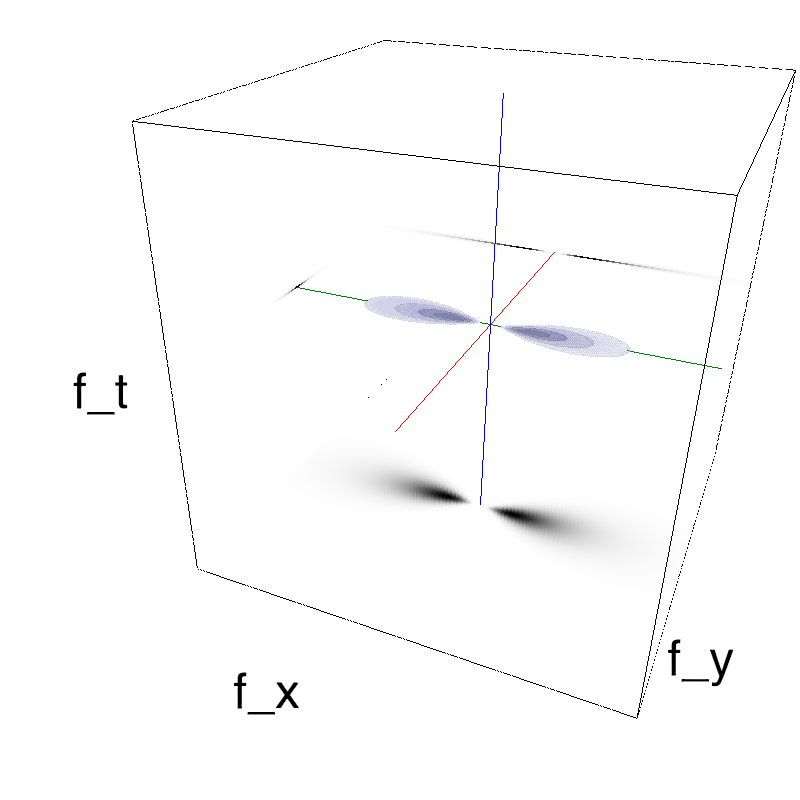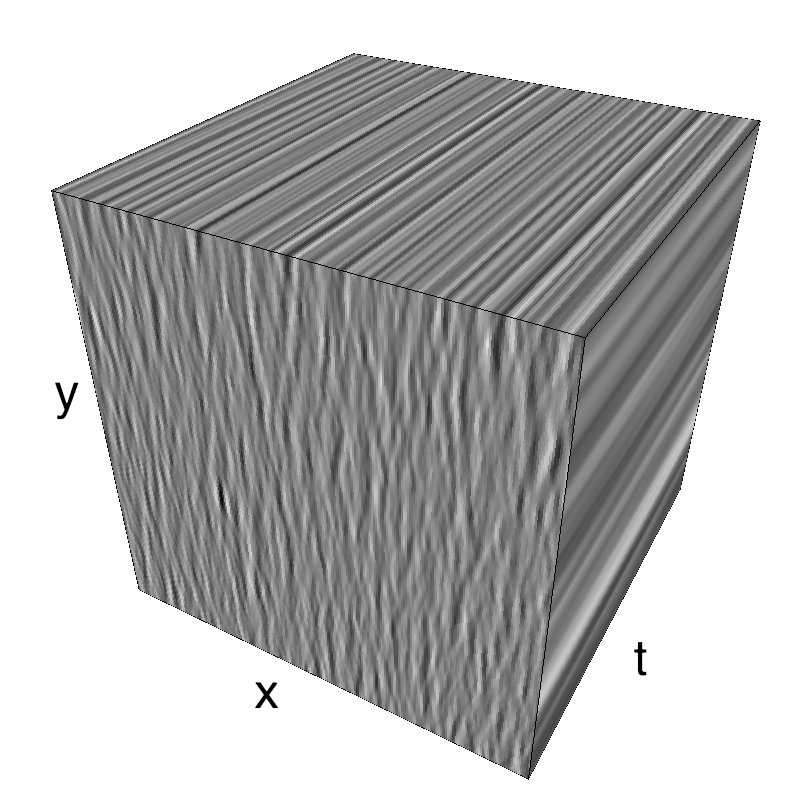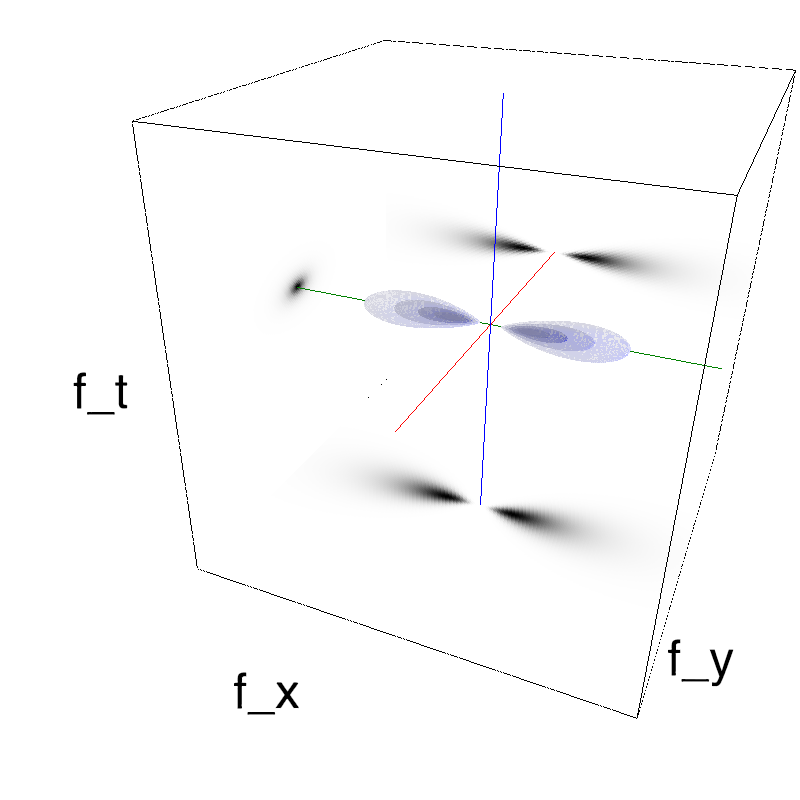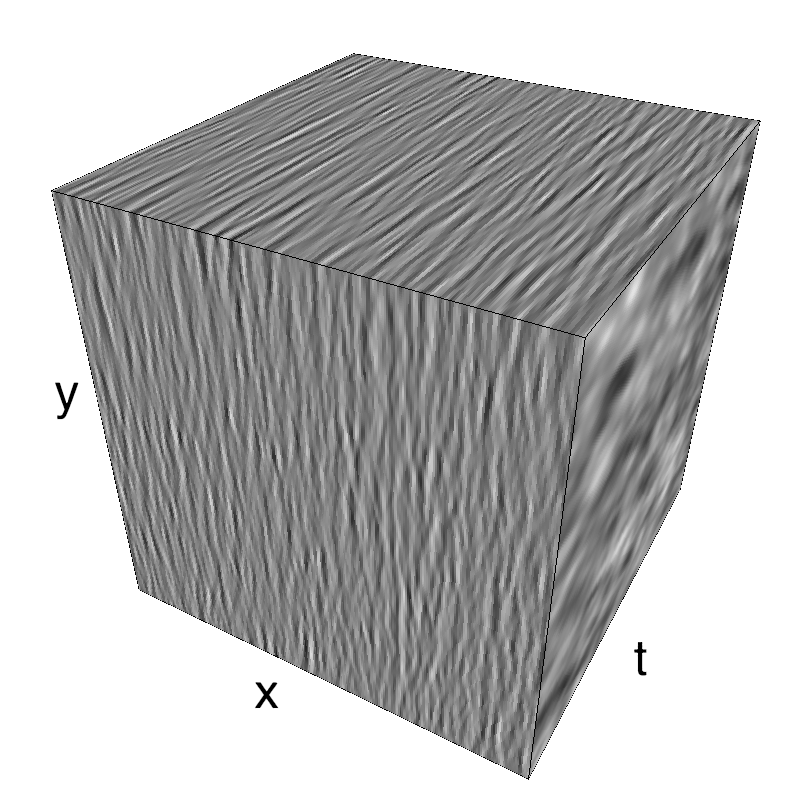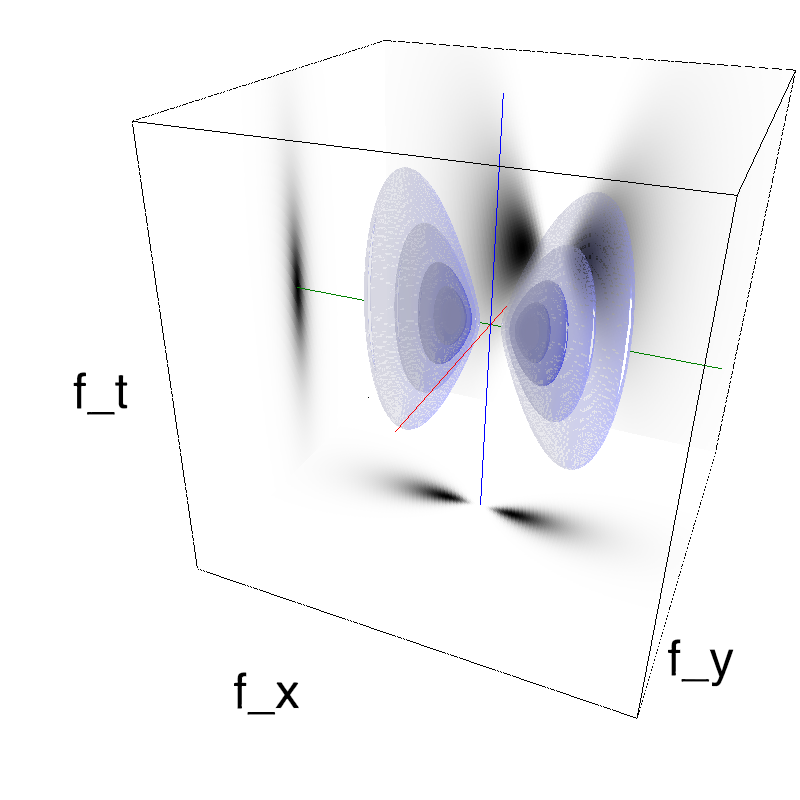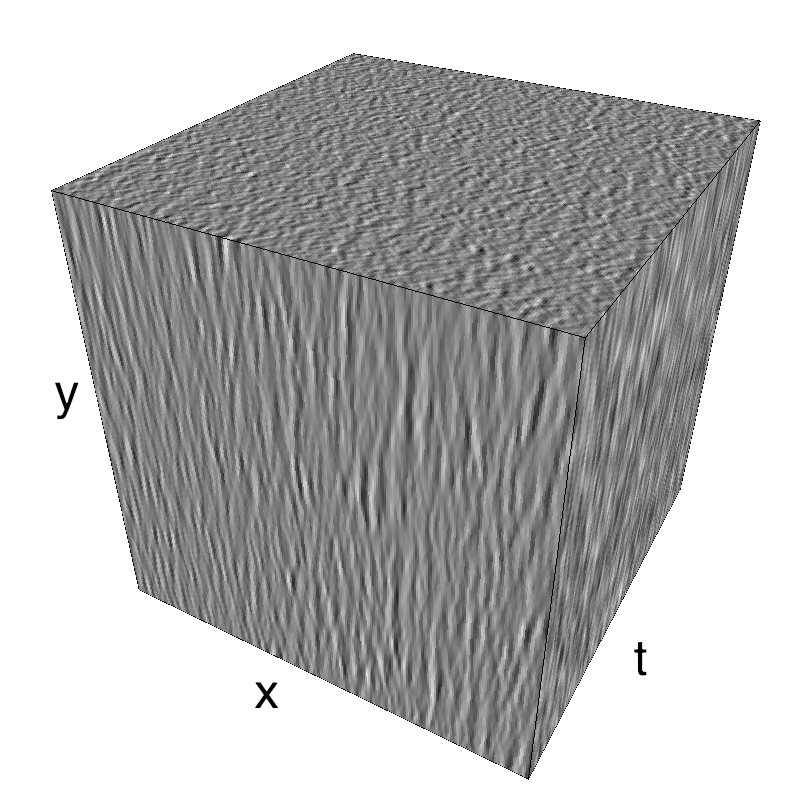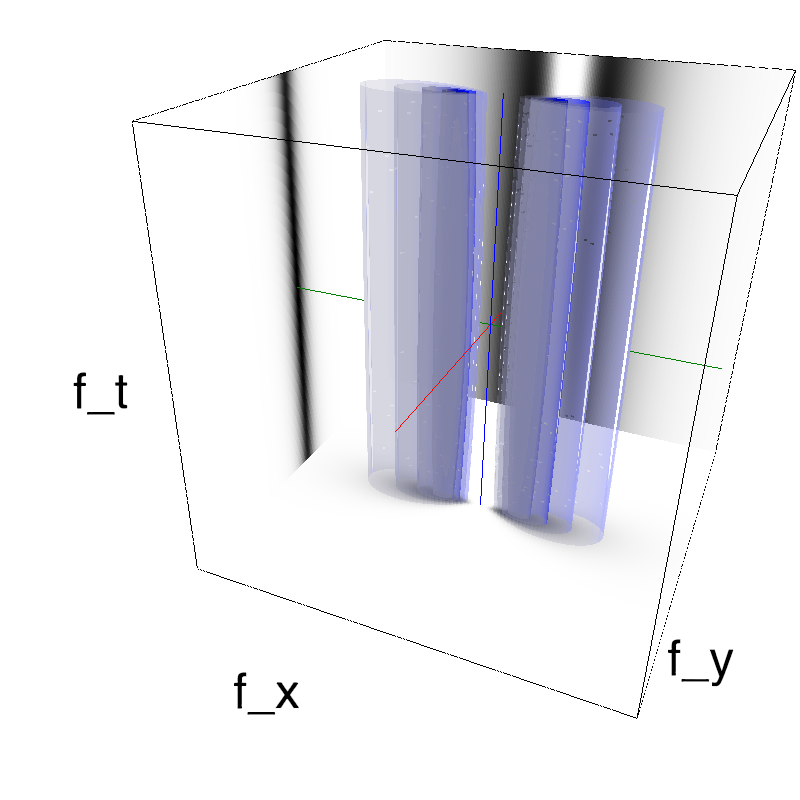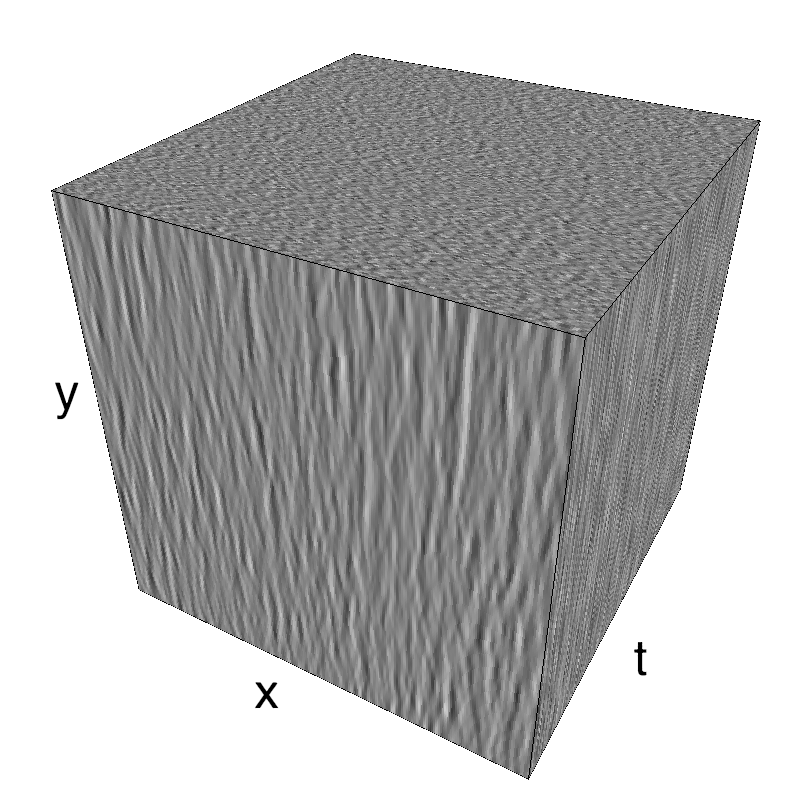Speed distributions
In [1]:
%matplotlib inline
import numpy as np
np.set_printoptions(precision=3, suppress=True)
import pylab
import matplotlib.pyplot as plt
#!rm -fr ../files/speed*
In [2]:
import MotionClouds as mc
name = 'noisy-speed'
fx, fy, ft = mc.get_grids(mc.N_X, mc.N_Y, mc.N_frame)
print(mc.envelope_speed.__doc__)
In [3]:
# explore parameters
for B_V in [0.0, 0.01, 0.1, 1.0, 10.0]:
name_ = name + '-B_V-' + str(B_V).replace('.', '_')
z = mc.envelope_gabor(fx, fy, ft, V_X=0, B_V=B_V)
mc.figures(z, name_)
mc.in_show_video(name_)

